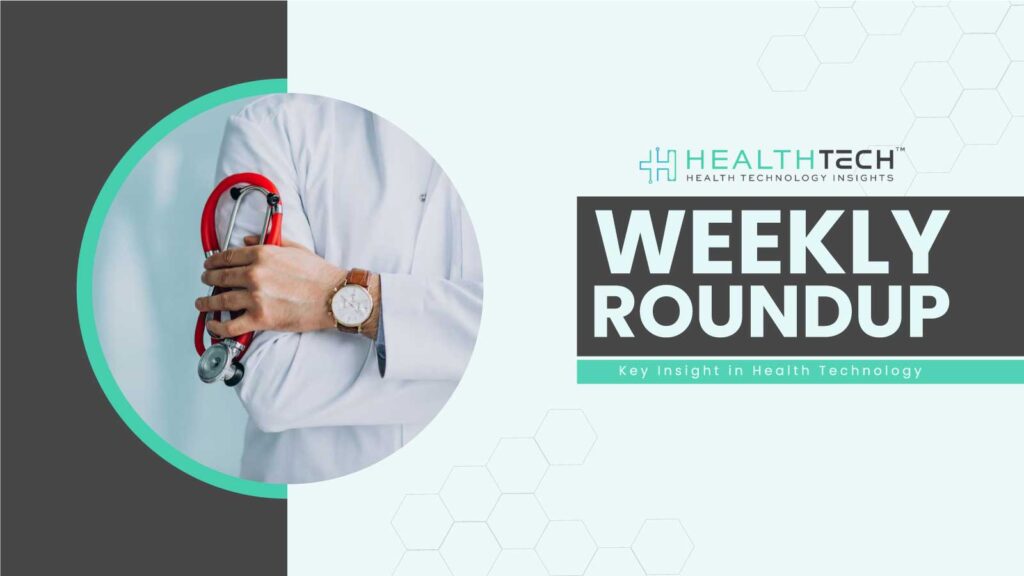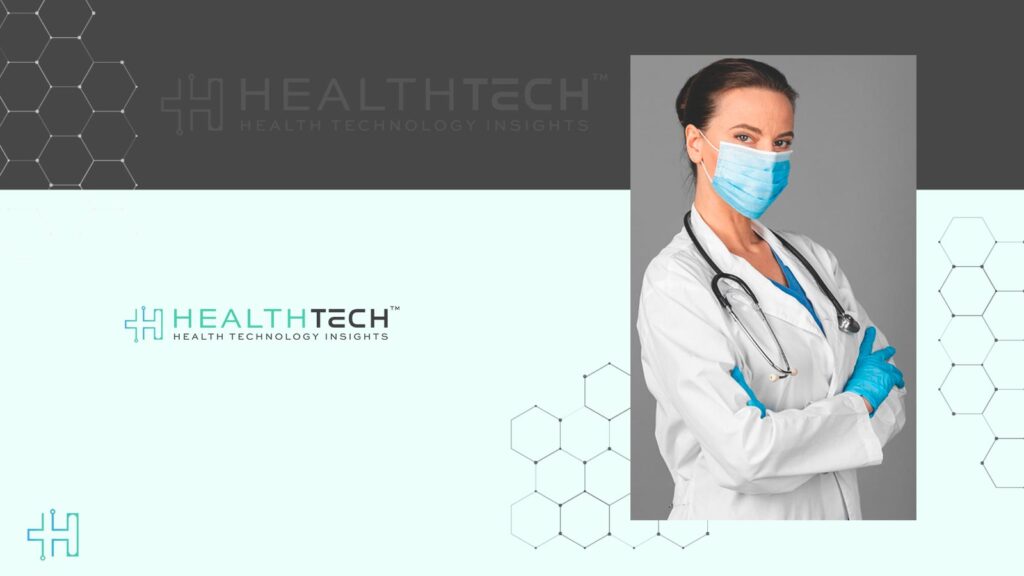Thanksgiving is a moment when many of us slow down, gather around the table, and think about what truly matters. In the world of healthcare, this holiday feels especially meaningful in 2025. The last few years have pushed the system to its limits, but they have also opened the door to some of the most transformative innovations we have ever seen.
Today, technology is doing more than supporting care. It is saving time, reducing burdens, improving accuracy, and bringing better health within reach for millions of Americans. So as families share warm meals and gratitude this season, it feels right to spotlight the breakthroughs that made 2025 a year of hope and progress. Here are the top five health tech trends we are thankful for and how they are reshaping care in ways that feel both powerful and personal.
1. AI-Driven Diagnostics Improving Speed and Accuracy
In 2025, artificial intelligence has officially moved from the sidelines to the center of clinical decision-making. AI diagnostics are now helping physicians catch diseases earlier, interpret large volumes of medical data quickly, and reduce the risk of human error.
What makes this trend so meaningful is how it elevates the quality of care without replacing the clinician. AI tools process patterns that the human eye may miss, while doctors bring experience, empathy, and context into the final decision. These systems are particularly valuable in cancer detection, cardiovascular disease risk prediction, and radiology. Hospitals across the US report faster turnaround for imaging results and improved diagnostic confidence.
Early detection gives patients more treatment options and better outcomes. This Thanksgiving, the healthcare community has a strong reason to be grateful for AI tools that make every diagnosis smarter, safer, and more precise.
2. Telepsychiatry and Virtual Mental Health Support Becoming Mainstream
Mental health care has undergone a significant transformation over the past few years, and 2025 marked the year virtual support became fully normalized. Telepsychiatry is no longer seen as a temporary solution. It is now an essential service that increases access for people who struggle with long wait times, long distances, or the stigma associated with walking into a clinic.
85 percent of providers say AI improves access to mental health services, allowing clinicians to respond faster and personalize care more effectively.
AI-powered mental health platforms also help clinicians manage caseloads, monitor patient progress, and identify early signs of distress. Many Americans appreciate the private, comfortable, and flexible nature of virtual therapy. Younger generations in particular value support that fits into their daily routines without complicated scheduling or travel.
As mental health needs continue to rise, being able to meet people where they are through secure digital platforms is something the entire country can be grateful for this Thanksgiving. It brings care closer to home and helps many individuals get support they may have otherwise avoided.
3. Remote Patient Monitoring Making Healthcare More Continuous
Remote patient monitoring, often called RPM, has grown quickly in 2025 thanks to connected devices, home sensors, and smarter wearable technology. These tools help doctors track chronic conditions in real time, rather than waiting for symptoms to worsen or relying only on scheduled checkups.
For patients with diabetes, heart disease, respiratory issues, and hypertension, RPM can be life-changing. Devices send daily updates to care teams, flag unusual readings, and help clinicians adjust treatment plans quickly. Patients feel more in control of their health, and providers can catch warning signs before they escalate into emergencies.
This trend reduces hospital readmissions, lowers costs, and improves long-term outcomes. For families caring for elderly parents or loved ones with chronic illnesses, these technologies provide peace of mind. This Thanksgiving, many households across the US are thankful for tools that bring more safety, stability, and reassurance to everyday life.
4. Generative AI Transforming Administrative Workflows
One of the quietest but most impactful health tech trends in 2025 is the rise of generative AI for administrative tasks. These systems help streamline paperwork, automate documentation, assist with coding and billing, and reduce the burden of manual data entry. For clinicians, the time saved is enormous. Instead of spending late nights catching up on notes, many can now focus more on patient care and less on administrative strain.
19% of medical practices use AI-powered tools for tasks like appointment scheduling, FAQs, and message routing
Hospitals report meaningful improvements in staff satisfaction, reduced burnout, and faster patient throughput. For patients, it means shorter wait times, clearer communication, and more attentive care during appointments.
Generative AI may not be as visible as robotics or wearables, but its impact is deeply felt in every part of the healthcare system. This year, the healthcare workforce has something important to appreciate. Smarter systems are finally easing the day-to-day pressure, so more time can be spent where it counts most, which is with patients.
5. Personalized Health Insights Powered by Genomic and Lifestyle Data
In 2025, health care will be more personalized than ever. Thanks to improvements in genomic testing, AI-driven health assessments, and continuous lifestyle tracking through wearables, individuals can understand their health risks earlier and take more informed action. Personalized insights help predict disease, tailor nutrition advice, recommend fitness routines, and even guide medication choices.
This trend is especially important for Americans who want proactive, preventive care rather than reactive treatment. Instead of waiting for health issues to appear, people can make decisions today that improve their long-term health. Clinicians are also using personalized data to craft treatment plans that reflect a patient’s unique biology and lifestyle instead of relying only on traditional guidelines.
By blending science, technology, and individual choice, personalized health gives people the ability to take charge of their well-being. It is a powerful form of empowerment and a major reason to be grateful this Thanksgiving.
A Future Filled With Gratitude and Innovation
As we reflect on 2025, one thing becomes clear. Technology is not replacing the heart of healthcare. It is strengthening it. These advancements make care more accessible, more accurate, and more personal. They reduce pressure on clinicians and increase comfort for patients. And they help build a future where health is supported not only by expertise but also by innovation that works quietly in the background.
This Thanksgiving, gratitude goes beyond family traditions and warm meals. It extends to the tools, platforms, and breakthroughs that are improving health outcomes for millions of Americans. The future of healthcare looks brighter, smarter, and more compassionate, and that is something worth celebrating.
If you want deeper insights into what is shaping the next generation of health technology, stay tuned. The evolution is only beginning, and 2026 promises even more to be thankful for.
FAQs
1. Why are health tech trends especially important in 2025?
Health tech has advanced quickly in recent years, and 2025 marks a turning point where AI, remote monitoring, and virtual care are widely integrated into everyday healthcare. These innovations improve access, speed, accuracy, and patient experience, which is why they matter more than ever.
2. How is AI improving healthcare today?
AI is helping doctors diagnose diseases earlier, analyze medical images, process large datasets, and reduce administrative work. This leads to faster, more accurate decisions and gives clinicians more time to focus on patient care.
3. What makes telepsychiatry so valuable?
Telepsychiatry makes mental health support easier to access, especially for people dealing with long wait times or living far from care centers. Virtual sessions are private, convenient, and flexible, which encourages more people to seek help.
4. Who benefits most from remote patient monitoring?
Remote patient monitoring is helpful for people with chronic conditions like diabetes, heart disease, hypertension, or respiratory illnesses. It also gives peace of mind to families who care for aging parents or relatives who need ongoing medical oversight.
5. What role does generative AI play in healthcare operations?
Generative AI automates routine tasks such as documentation, chart summarization, scheduling, billing support, and data entry. This reduces burnout and allows healthcare staff to spend more time with patients instead of paperwork.
Dive deeper into the future of healthcare.
Keep reading on Health Technology Insights.
To participate in our interviews, please write to our HealthTech Media Room at sudipto@intentamplify.com




